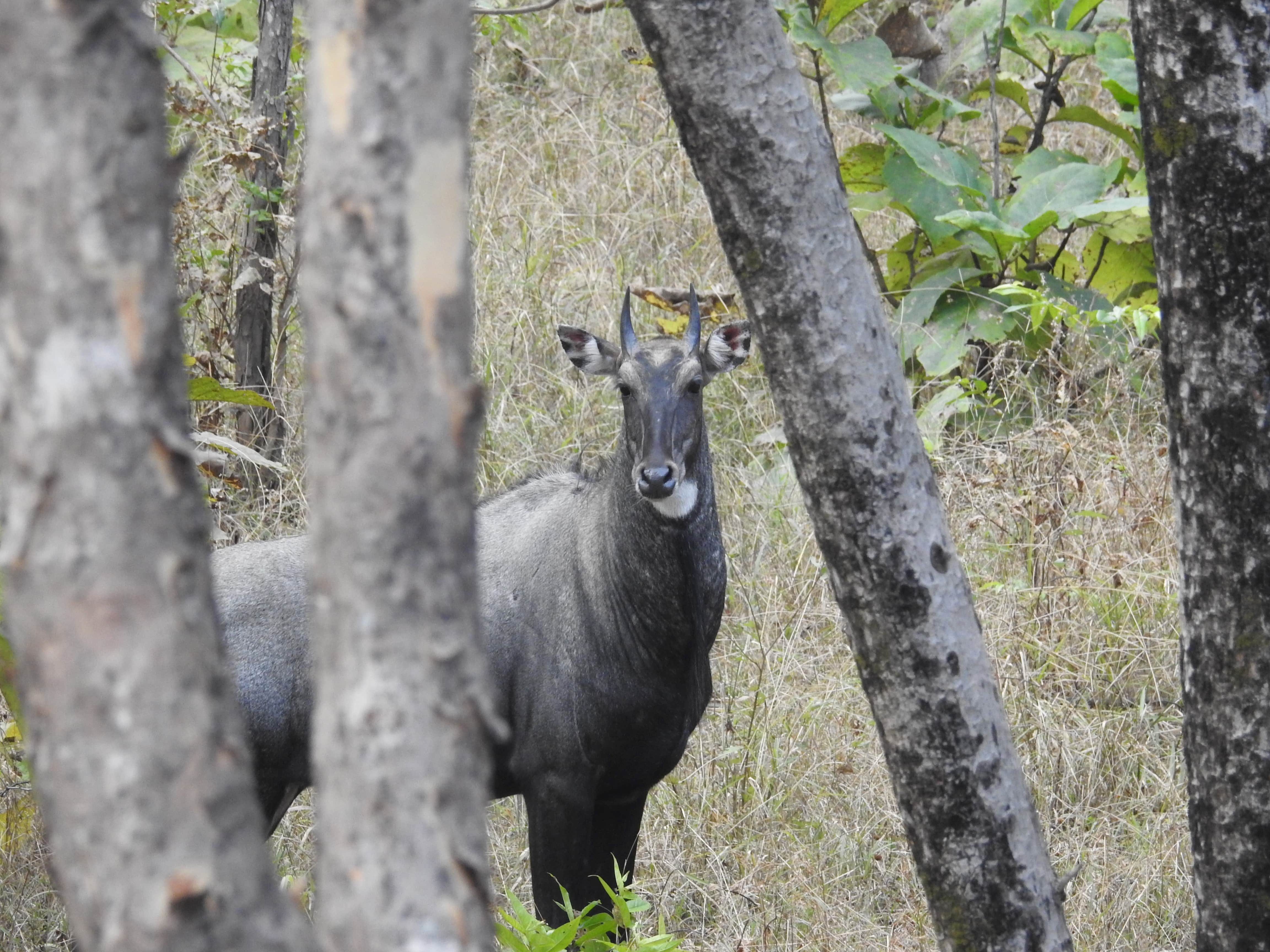Wildlife Protection
Jan 19, 2022
Navigate Quickly
Prohibition of Hunting
Has the Wildlife Protection Act worked?

India is often identified as the land of the tiger. Despite its huge population pressure, India still has amazing wildlife, big and small, rare and common both. Amongst big cats, India has tigers (the tiger is an Asian species and India has about 70% of the world’s wild tiger population), lions, leopards and clouded leopards. India also has Indian elephants (India’s national heritage animal) and aquatic mammals like the Ganges River dolphin and Irrawaddy dolphin.
The main legislation for conserving wildlife in India is the Wildlife (Protection) Act of 1972 (WLPA 1972). Right after this Act, Project Tiger was introduced in 1973, which started a focused program to conserve tigers and create tiger reserves to protect tigers and other wildlife.
Prohibition of Hunting
The WLPA prohibits the hunting of wild animals. Animals are divided into Schedules in the Act. There are four schedules with Schedule I being the highest levels of protection (for example, tiger, lion, elephant are in Schedule I.)

Animals in the Schedules cannot be hunted except under special circumstances.
The WLPA 1972 defines hunting as follows:
“hunting”, with its grammatical variations and cognate expressions, includes,— 5 [(a) killing or poisoning of any wild animal or captive animal and every attempt to do so; (b) capturing, coursing, snaring, trapping, driving or baiting any wild or captive animal and every attempt to do so;] (c) injuring or destroying or taking any part of the body of any such animal or, in the case of wild birds or reptiles, damaging the eggs of such birds or reptiles, or disturbing the eggs or nests of such birds or reptiles.
On Prohibition of hunting of Scheduled animals the WLPA 1972 says:
“No person shall hunt any wild animal specified in Schedules I, II, III and IV except as provided under section 11 and section 12..”
Under some conditions though, the animal may be hunted. The following are details for the same. The Act says: “the Chief Wild Life Warden may if he is satisfied that any wild animal specified in Schedule I has become dangerous to human life or is so disabled or diseased as to be beyond recovery, by Order in writing and stating the reasons, therefore, permit any person to hunt such animal or cause such animal to be hunted;
11 (b) the Chief Wild Life Warden or the authorised officer may if he is satisfied that any wild animal specified in Schedule II, Schedule III, or Schedule IV, has become dangerous to human life or to property (including standing crops on any land) or is so disabled or diseased as to be beyond recovery, by order in writing and stating the reasons therefor, permit any person to hunt 2 [such animal or group of animals in a specified area or cause such animal or group of animals in that specified area to be hunted.”
The purpose of the Schedules of the Act is thus to prohibit hunting of wild animals and give instructions on what conditions a Scheduled animal can be declared vermin or be hunted.

Has the Wildlife Protection Act worked?
The WLPA is an important instrument to protect wildlife, but the implementation of the Act is patchy. Commercial, illicit and illegal poaching and hunting of wild animals continues in India. For example, 25 leopard skins, meant for illegal trade, were confiscated in Odisha recently. In Maharashtra, 17 tigers were poached in 2020 during the Covid- 19 pandemic. Animals have been hunted as vermin without any scientific population estimations.
Previous Column: Wetlands in India
Application of the Act in indirect ways is also not always done successfully. For example, forest departments of various states as well as Court orders have been trying to get trains to slow down in animal habitats as many animals die when hit by trains. One of the directions given to trains is to slow down in forest areas.
Still, wildlife, notably elephants continue to get hit by trains, usually because trains are speeding. As per data provided by the Ministry of Environment, Forests and Climate Change, 186 elephants have been killed by trains in the last 10 years.

In 2013, Supreme Court passed an order in writ petition (civil) no. 337 of 1995, Centre for Environment Law, WWF-I vs Union of India asking for conservation of endangered species by making a new law. The order said:
“We are also inclined to highlight the necessity of an exclusive parliamentary legislation for the preservation and protection of endangered species so as to carry out the recovery programmes before many of the species become extinct and to give the following directions: (a) NWAP [National Wildlife Action Plan](2002-2016) has already identified species like the Great Indian Bustard, Bengal Florican, Dugong, the Manipur Brow Antlered Deer, over and above Asiatic Lion and Wild Buffalo as endangered species and hence we are, therefore, inclined to give a direction to the Government of India and the MoEF [Ministry of Environment and Forests] to take urgent steps for the preservation of those endangered species as well as to initiate recovery programmes.”
However, no exclusive Parliamentary legislation has been introduced for threatened species. In 2021, the government introduced a Bill to amend the WLPA 1972. In the 2021 bill, a ‘rationalisation’ of Schedules has been proposed. Schedules have been reduced to I and II as opposed to Schedule I- IV in the Principal Act. The Bill was introduced in Parliament without public discussion, which was criticized by the Opposition. It is now being considered by the Parliamentary Standing Committee on Science and Technology, Environment, Forests and Climate Change.
Since 1972, several new species have been discovered by scientists. These include birds, frogs, snakes et cetera. Environmentalists have pointed out that the Bill should cover all Indian species and thus it should be widely discussed amongst botanists, herpetologists, marine biologists etc.
The new Bill should also consider the directions of the Supreme Court in the 2013 order.
Follow Neha Sinha on Twitter.
Download the PrepLadder app to experience a revolution in UPSC education.

Neha Sinha
Neha Sinha is a Conservation Biologist, author and columnist. Her critically acclaimed first book, Wild and Wilful (HarperCollins India, 2021) tells the story of 15 of India’s iconic wild species. She is a leading commentator on environment, writing for Hindustan Times, Hindu, BloombergQuint, Telegraph and others. She studied Biodiversity Conservation at Oxford University. She is the 2017 recipient of the 'Wildlife Service' award by the Sanctuary Asia Foundation. She has served on various environmental committees as an expert. She tweets at nehaa_sinha.